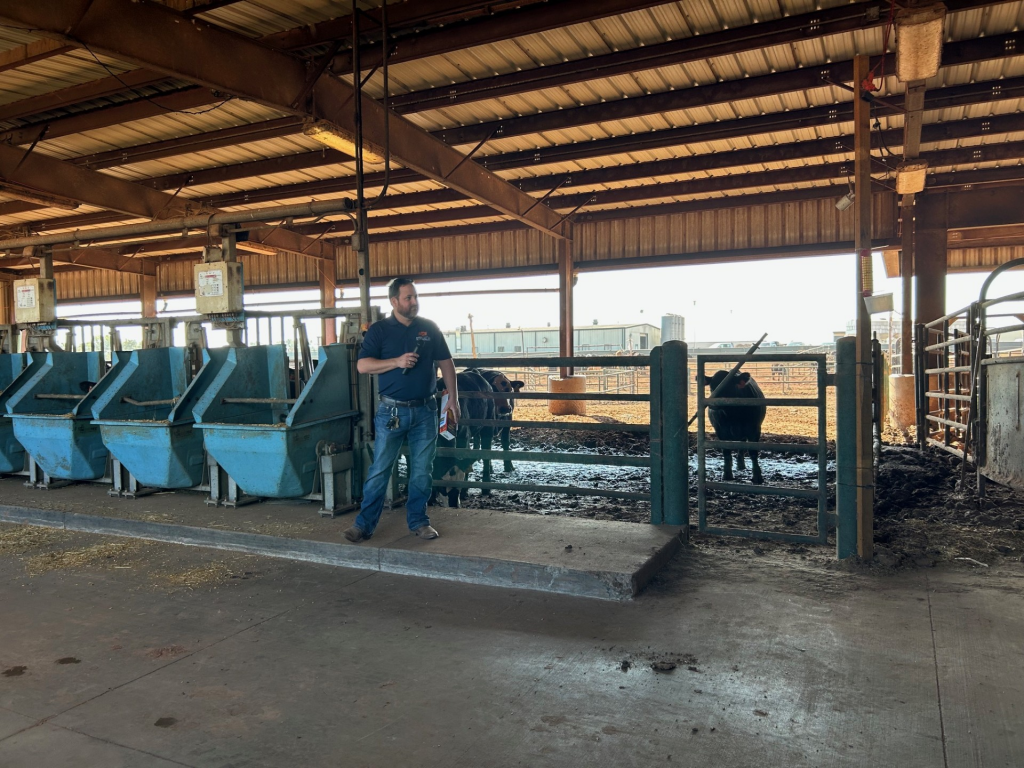
Oklahoma State University Extension specialist Jonathan Cammack says fall is a critical time for producers to begin fly management — well before pests become a visible problem. He explains that winter feeding habits create the perfect setup for future infestations. “If you think about a pasture situation, you might drive out there on your tractor, drop a hay bale, put a ring over it, and let those cows eat,” Cammack said. “As they’re standing there feeding, they’re going to take a mouthful of hay, pull it out of that bale, and drop most of it on the ground.” Over time, that dropped hay mixes with manure and urine, leading to a buildup of organic material that “creates the perfect breeding ground for stable flies.”
Cammack notes that the problem continues to grow throughout winter. “As we continue to put hay bales out through the course of the winter, we put more organic material there in the environment for stable flies to have access to when the temperatures start to warm up,” he said. When spring arrives, that leftover “rotting hay, urine and manure mixture” becomes the ideal environment for flies to start reproducing. “If that material is still on the ground it’s going to be there for the stable flies to be able to start laying eggs in and reproduce in,” Cammack warned. Taking action now—by rotating feeding areas or cleaning up leftover hay—can help prevent heavy fly populations later.
One strategy Cammack highlights for ongoing control is the push-pull method, a form of integrated pest management. “We could treat the cattle with a synthetic pyrethroid or even an essential oil that would be a repellent to flies. That’s our push of this system,” he said. The next step is the “pull,” using traps or baits to attract flies away from livestock. “We can use something like a pesticide strip baited with the house fly sex pheromone, called Z9 tricosene. That pulls or attracts those house flies to that product,” he explained. “They’re being repelled by one area and attracted to another — that’s how it gets the name push-pull.”
Cammack says the push-pull system allows producers to target flies more effectively without overusing pesticides. By managing where flies go, producers can make fly control more efficient and less stressful for livestock. He encourages combining repellents, traps, and environmental cleanup for best results. “Fly control is really about managing the environment as much as managing the insect,” he said, noting that prevention through management often saves both time and money compared to reacting after flies appear.
Still, one of the biggest challenges he sees among producers is relying on the same chemical products year after year. “You might have a fogger system using an organophosphate, and if you’ve been using that product for the past 10 or 15 years, you’ve probably noticed a decrease in efficacy,” Cammack said. “That fly population has become resistant.” To combat resistance, he recommends rotating insecticide classes annually and incorporating multiple control methods into a season-long plan. “We want to make sure that we rotate those chemical classes on an annual basis to help slow the development of insecticide resistance,” he emphasized.


















